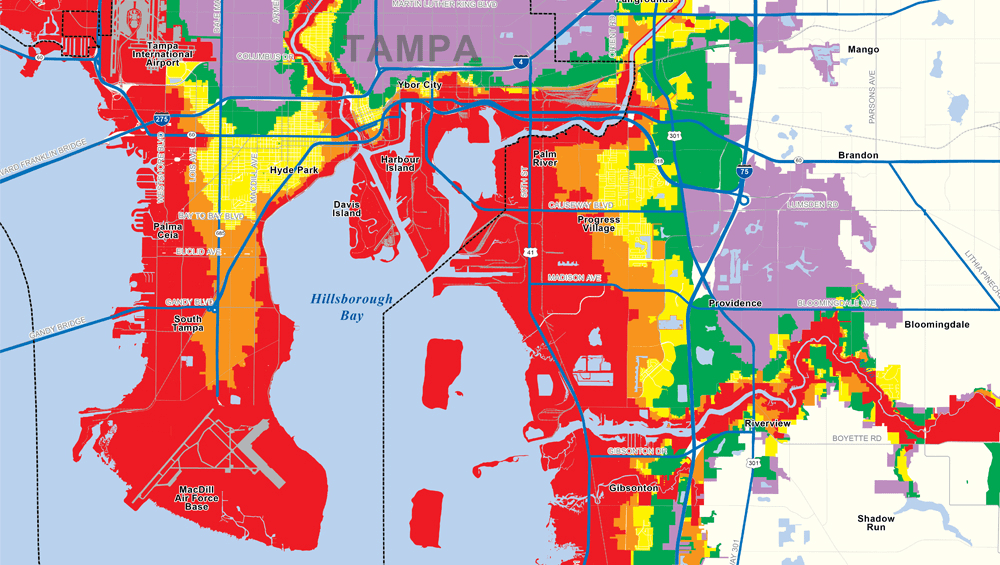Expert Insights: Meteorologists Discuss Hurricane Milton's Potential and Trajectory
As hurricane season reaches its peak, attention turns to the latest developments in atmospheric activity, namely Hurricane Milton. Named after the significant potential for disruption that tropical storms can bring, Hurricane Milton has prompted discussions among leading meteorologists about its trajectory, intensity, and potential impact on coastal communities. This article aims to provide a comprehensive overview of Hurricane Milton by incorporating expert insights from seasoned meteorologists and detailed analysis of the latest spaghetti models from the National Oceanic and Atmospheric Administration (NOAA).
Understanding Hurricane Milton's Current Status
Hurricane Milton, as of the latest reports from the National Hurricane Center (NHC), is positioned in the Atlantic with a trajectory that has raised concern among coastal residents and meteorologists alike. The NHC's updates indicate that Milton has reached a sustained wind speed of 85 mph, categorizing it as a Category 1 hurricane. With the potential for further intensification over warmer waters, experts are monitoring the system closely.
 Meteorologist Perspectives
Meteorologist Perspectives
John Morales, a veteran meteorologist known for his astute assessments of tropical systems, went on record stating, “While Hurricane Milton is currently a Category 1, environmental conditions suggest it could strengthen. The warm water temperatures in the Gulf Stream combined with low vertical wind shear create an ideal breeding ground for the hurricane's growth.”
Noah Bergren, another respected meteorologist, echoed Morales's sentiments. He emphasized the importance of vigilance as he analyzed the current data from the NHC: “Data received from the latest satellite images shows a well-defined center of circulation and organized convection, which is often a precursor to intensification. Our task is to predict how these factors will evolve in the coming days.”
Meteorologists stress that preparedness is key. According to the NHC, residents along Milton's projected path should remain updated and ready to act according to emergency protocols.
The Role of Spaghetti Models
When forecasting hurricane trajectories, spaghetti models play an essential role in visualizing potential paths based on various meteorological parameters. These models display numerous forecast scenarios from different meteorological organizations, allowing analysts to assess the range of potential outcomes. The NOAA’s spaghetti models, in particular, have garnered attention for their ability to provide valuable insights into Hurricane Milton's likely movements.
The latest set of spaghetti models indicates a range of possible paths for Milton within the next week. Some models suggest a trajectory that loops back into the Atlantic, while others forecast a shift toward the eastern U.S. coast. Professional meteorologists like Morales and Bergren emphasize the uncertainty inherent in these models: “Models can diverge significantly,” Bergren remarked, “It's critical to analyze the consensus while also considering the outliers in order to develop a comprehensive understanding of possible outcomes.”
Implications for Coastal Communities
The implications of Milton’s trajectory are significant, especially for coastal communities. The National Hurricane Center has started disseminating those trajectory maps more frequently, stating, “Should the hurricane shift towards populated areas, we may be looking at evacuation orders, property damage, and resource mobilization for emergency services.”
Both Morales and Bergren pointed to Hurricane Helene and Leslie in previous years as cautionary tales for how quickly storms can intensify and alter their paths, causing devastation in their wake. By comparing Milton to similar systems, meteorologists can create greater awareness and preparedness within affected communities.
Monitoring and Updates from the National Hurricane Center
Continued monitoring is crucial, particularly as Hurricane Milton moves forward in time. The NHC, which is dedicated to providing the most accurate and timely information available, has committed to updating data every six hours. Their latest reports include detailed insights regarding the hurricane's wind speed, expected path, and any precautionary recommendations for those living in affected areas.
It’s important to remain engaged with these resources, as conditions surrounding hurricanes can change rapidly. According to Morales, the emotional well-being of communities is often affected by the anticipation of a storm. “People need to be informed but not overwhelmed,” he advised, suggesting that individuals rely on established emergency management systems and local news for balanced updates.
Final Thoughts
As we closely monitor Hurricane Milton's trajectory and potential for intensification, the shared insights from meteorological experts reinforce the importance of preparedness. Both John Morales and Noah Bergren emphasize the need for communities in potential impact zones to remain engaged with the latest updates from the National Hurricane Center and to heed evacuation orders as necessary.
In an age where access to information is instantaneous, understanding the science behind hurricane tracking becomes even more critical. Through the use of spaghetti models and live updates, forecasters are better equipped to arm communities with knowledge. However, the unpredictability of hurricanes reminds us that nature unfurls its own narrative, urging us to remain vigilant and prepared.
In Conclusion
As we brace ourselves for what Hurricane Milton may entail, rest assured that a dedicated community of meteorologists is working tirelessly to keep us informed. The combination of expert insights, advanced forecasting models, and proactive community engagement is vital as we navigate the uncertainties of hurricane season. Let us take these lessons to heart and prepare accordingly, confident that knowledge and preparedness will lead us through the storm.
Stay safe, stay informed, and prepare wisely.
Chat